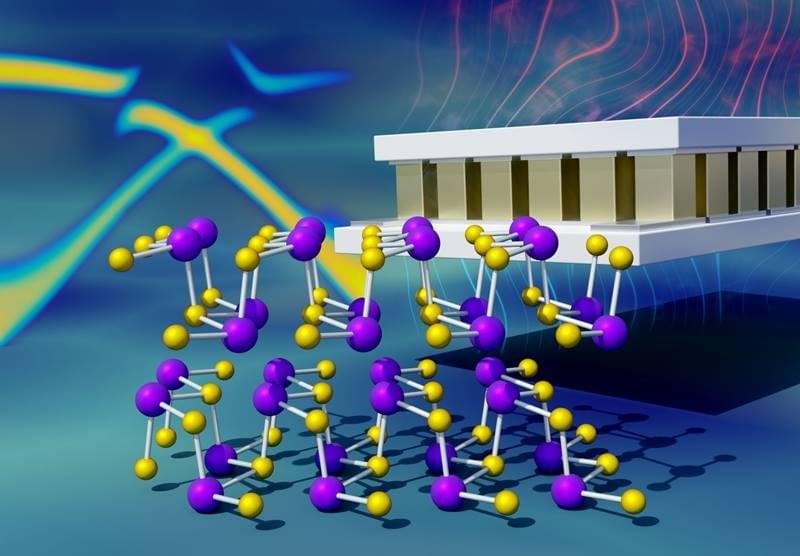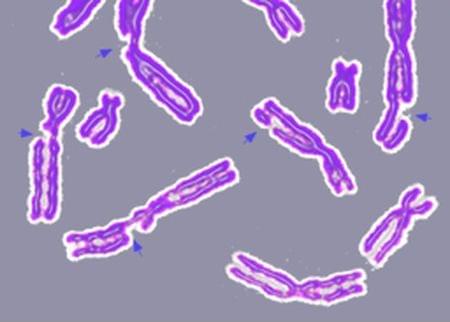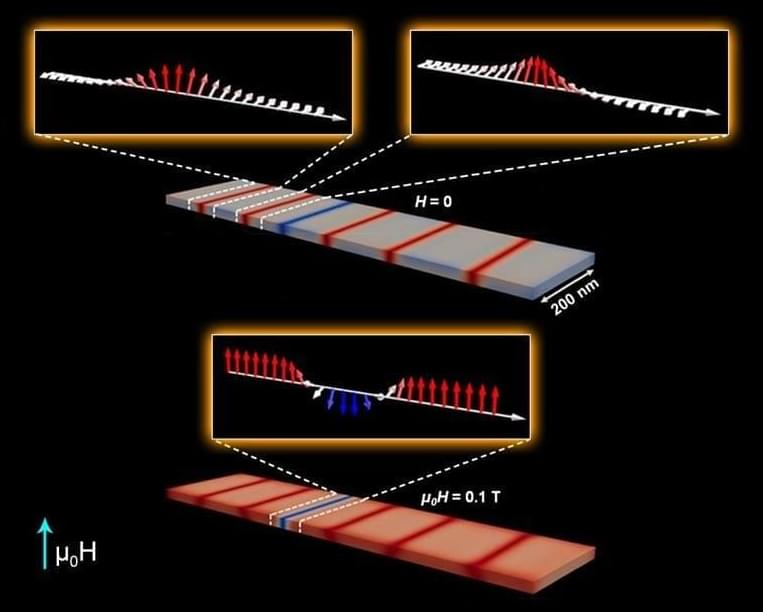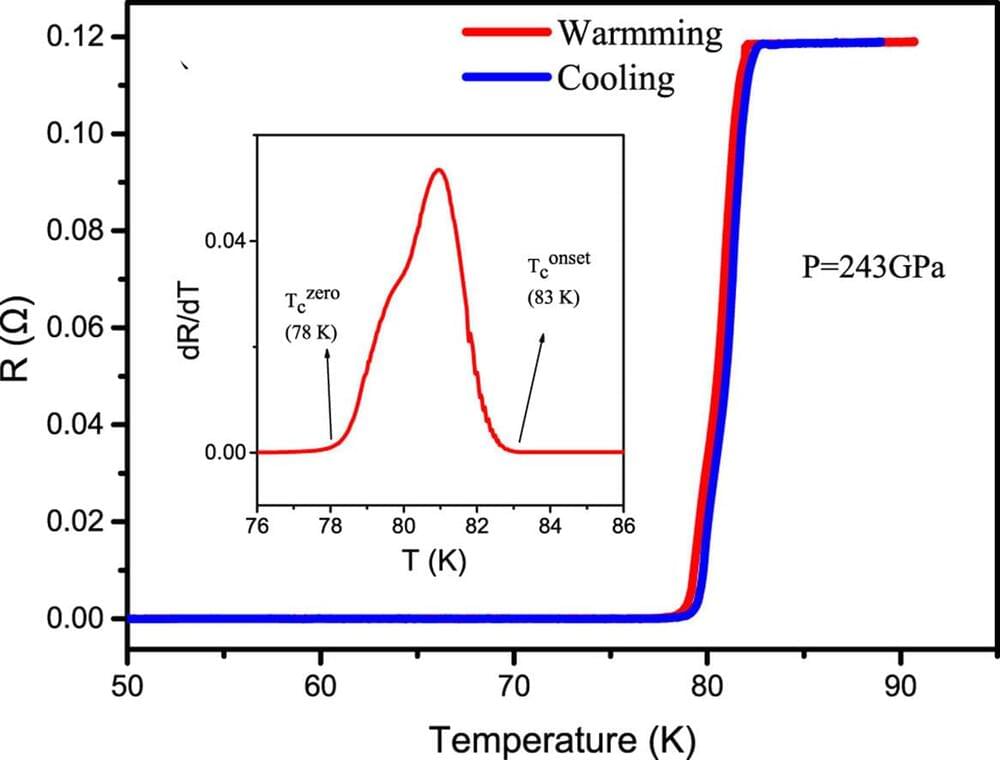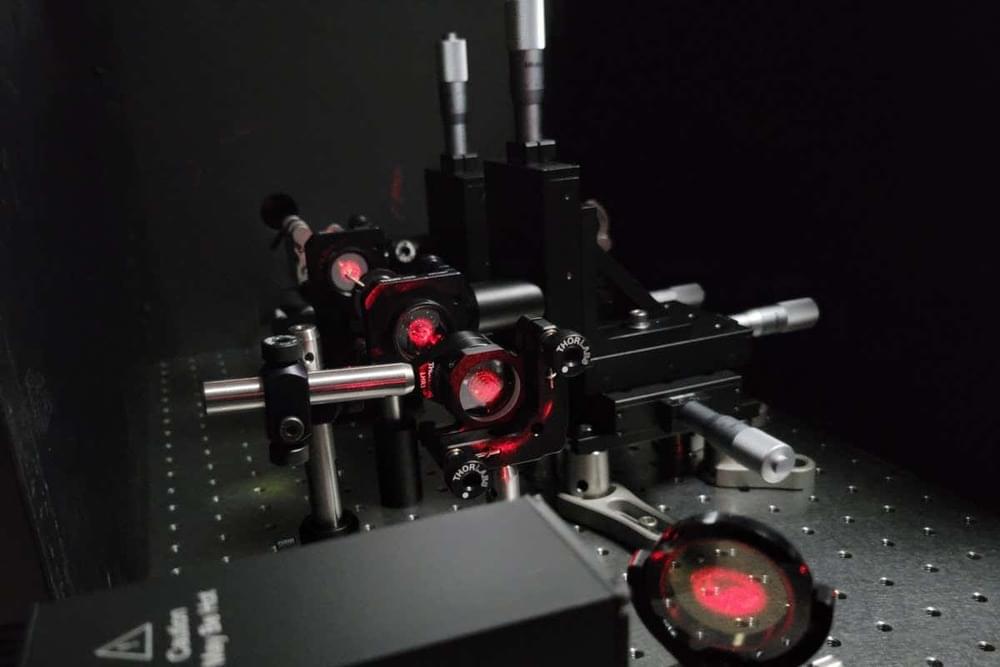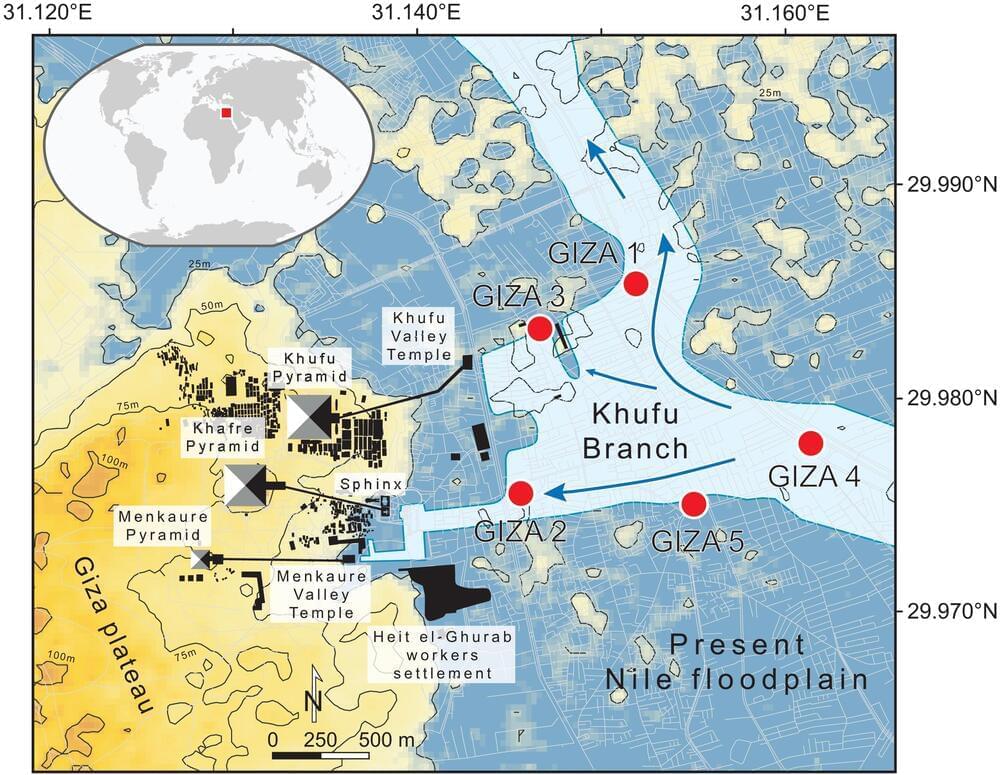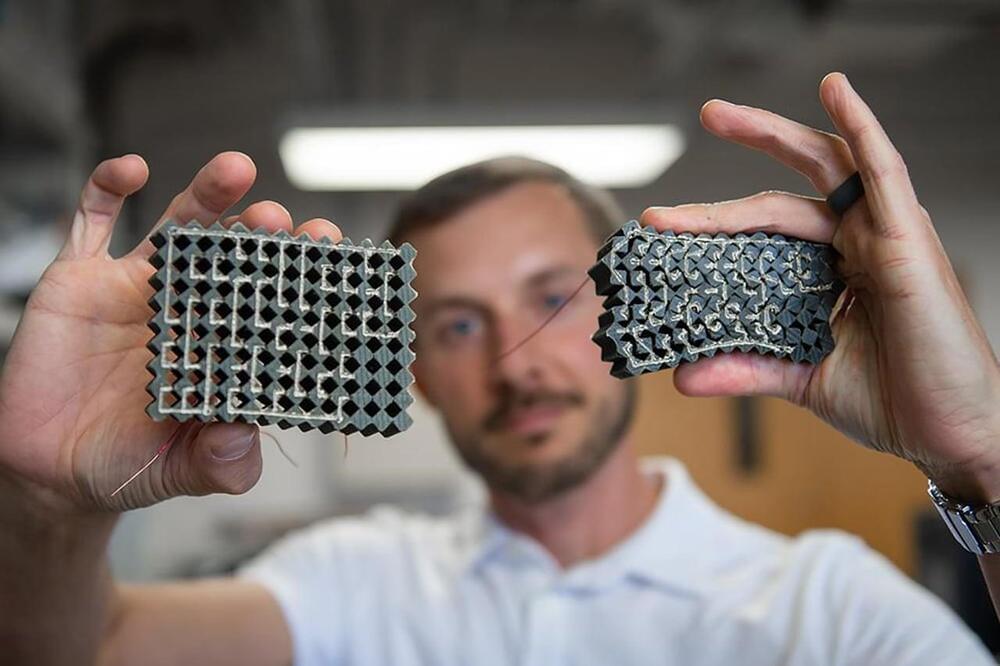Thermoelectric devices convert thermal energy into electricity by generating a voltage from the difference in temperature between the hot and cold parts of a device.
To better understand how the conversion process occurs at the atomic scale, researchers used neutrons to study single crystals of tin sulfide and tin selenide. They measured changes that were dependent on temperature.
The measurements revealed a strong correlation between changes in the structure at certain temperatures and the frequency of atomic vibrations (phonons). This relationship affects how the materials conduct heat.
